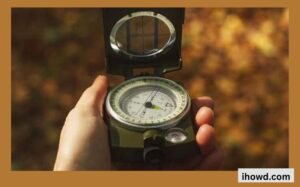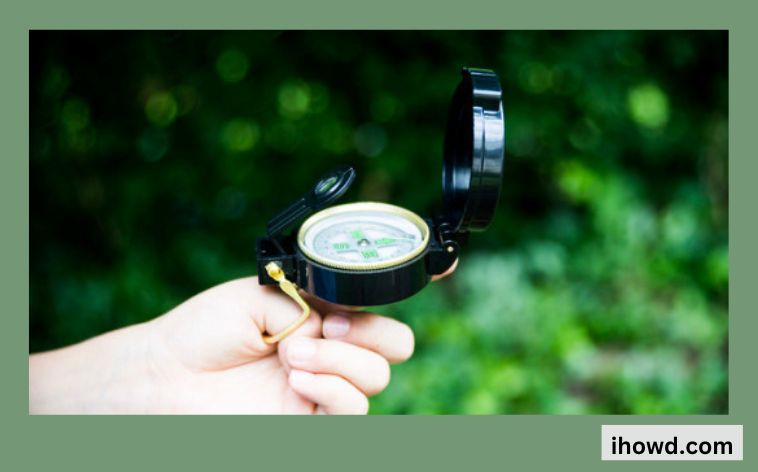Have you ever overheard someone claiming that they need to get their bearings? It refers to the bearings inside a compass that move the directional needle and dates back to the Age of Discovery. Both that proverb and the straightforward compass are still in use. Let’s find out more about the lensatic compass, which the military prefers. It is highly accurate, reasonably priced at only a few dollars, and simple to locate in your neighbourhood large box or sporting goods store.
A Lensatic Compass: What Is It?
The United States normally employs a lensatic compass, sometimes known as a military compass. Military. Compared to a baseplate compass, the lensatic compass has various pieces. The name “lensatic” refers to the fact that the compass has a lens on the back side that facilitates orienteering.
Related How to Setup a Linksys Router?
The cover, base, and reading lens are the three components that make up a Lensatic compasse. The sighting wire, which aids in direction determination, is also built into the cover, which serves as protection for the compass. The compass dial, bezel, and thumb loop make up the base; the thumb loop adds stability and improves reading accuracy. The name “lensatic” derives from the reading lens’ ability to fold out and cover the compass.
How to Use a Map with a Lensatic Compass

This is a strict instruction manual for using your lensatic compass with a map, which is what it was made for.
The compass should be placed on your map. The north/south sign is indicated on your map by a straight, upward-pointing 90° line in a corner. Set it in line with that.
Verify that the arrow pointing north and the arrow or line on the compass are parallel. In that case, recalibrate before moving forward.
Mark the map with your beginning and finishing locations. Before playing around with the compass, you need to know where you’re headed.
Related How does a Magnetic Compass Work?
Lay the compass on the map and draw a line from your starting point to your destination using the straight edge.
Turn the rotating bezel so the north arrow and the journey arrow are parallel to one another.
It’s time to utilise your compass once you are actually at your starting point. Stand where you can see the arrow pointing north and the arrow pointing in the direction you want to go. The direction of travel arrow should be directly in front of you as you align your perspective.
Use the lens at this point. You will see your lens piece immediately above your thumb loop. When you can see your sighting arrow, tilt it forward. Pull the cover down slowly until you can see the sighting line through the lens.
Examine the sighting line and lens. Keeping that north arrow visible for reference, align up with your direction of travel arrow, and then scan the sighting line to choose a landmark in front of you. visit that location.
When you arrive at your landmark, realign yourself to make sure you are still travelling in the right direction. Repeat this process until you arrive at your destination by using the lens to gaze through the sighting line to locate another landmark.
How Should I Store My Compass?

Moisture is the main destructor of compasses and other enclosed objects. Major issues arise when moisture enters the lens case of your lensatic compass.
Although most lensatic compasses are made to some degree to survive moisture, nobody builds them perfectly. Moisture can cause havoc once it enters the shell, where the majority of the components are stored.
Related How to Build a Speaker Box?
Take your lensatic compass apart as much as you can when you’re done using it to check for any moisture. Once you are certain that the inside components are dry, leave it outside overnight in a position where it can truly dry.
It is now time to put your compass away. We’re going to consider this like an electronic even if it doesn’t properly qualify as one.
Keep to regions that are cool, dry, and free of any immediate hazards for technological equipment. The compass’s structural integrity should be preserved at a good temperature range of 65°F to 78°.
Additionally, lensatic compasses can scratch easily. Damage to the real lens obstructs straightforward operation needlessly. To avoid those damages, keep it in a case or tightly wrapped.
